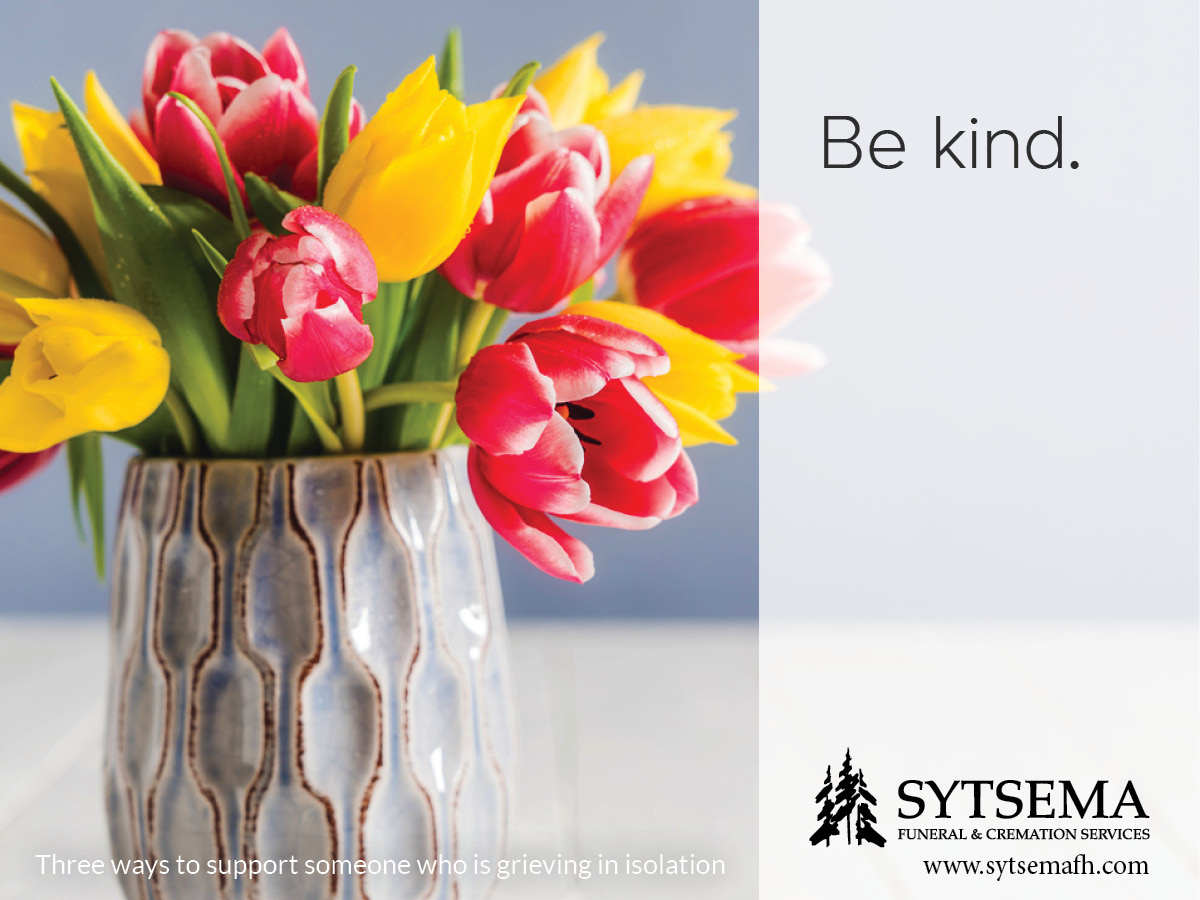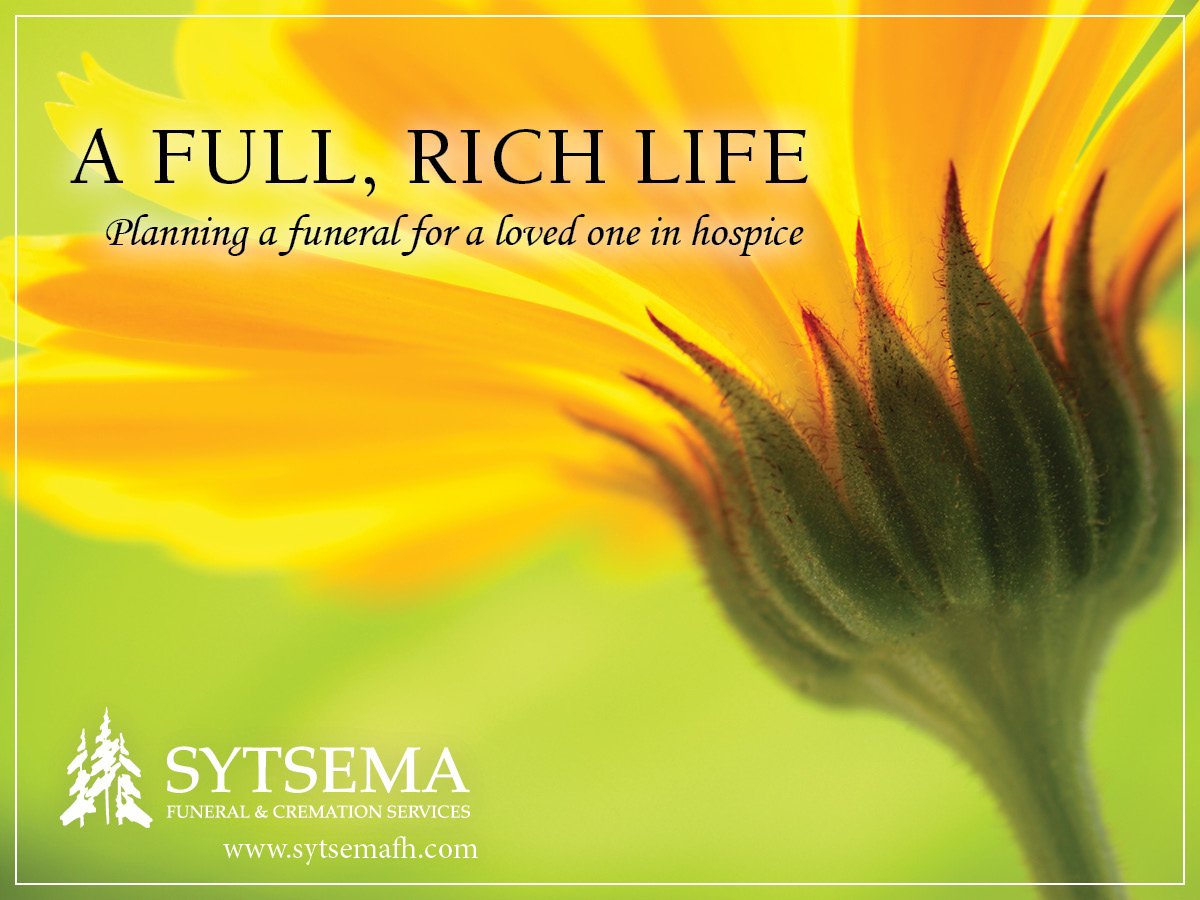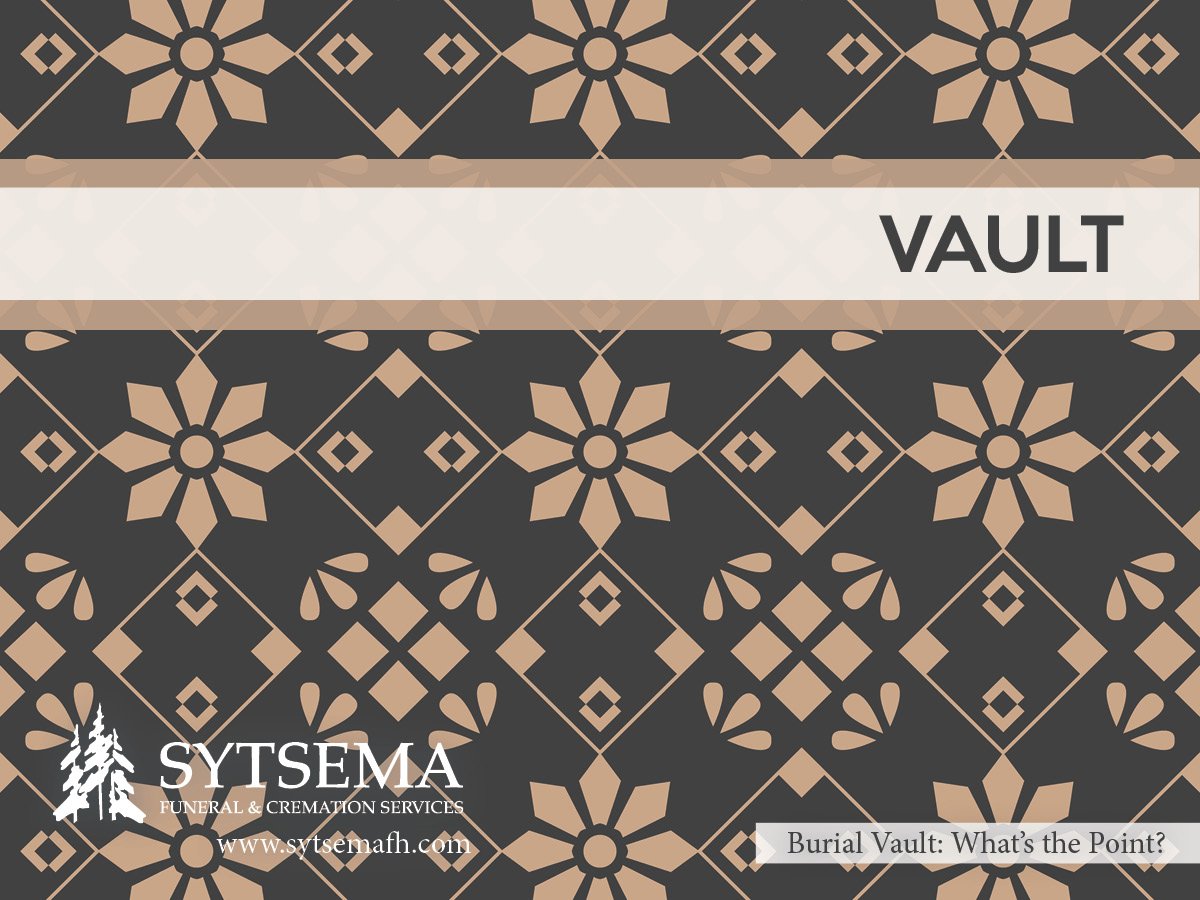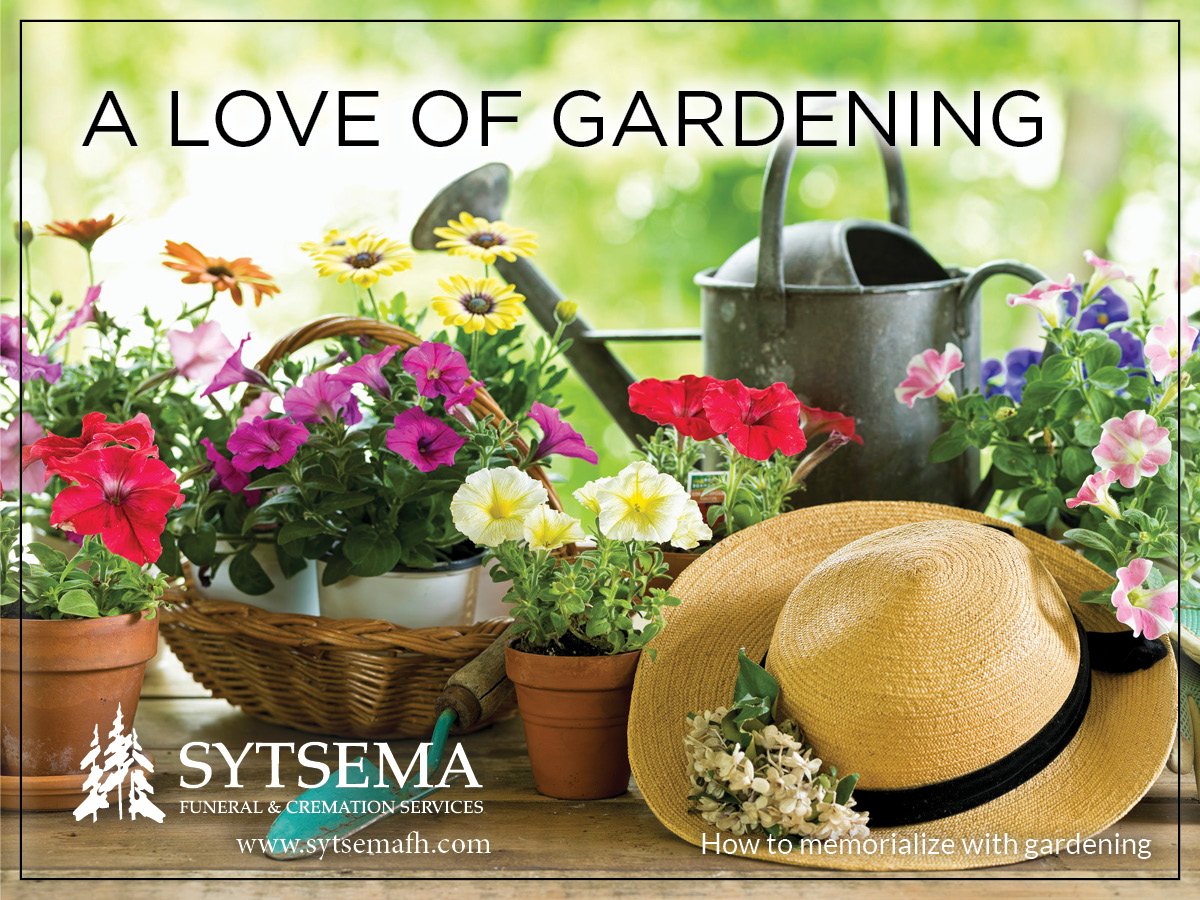There are a lot of little things that make a funeral special. And one thing that you’ll find at most funerals is a register book. Although it might feel strange to “sign in” to a funeral, register books serve multiple, essential functions. So, what exactly is the purpose of a register book?
What is a register book?
A register book goes by many names, including a funeral guest book or a funeral memorial book. Whatever you call it, it’s a book where funeral attendees can write their names and contact information, as well as stories about the decedent and well wishes for their loved ones. It’s typically placed near the funeral home’s entrance to allow attendees to sign it while they’re about to enter or on their way out.
Why should you use a register book?
When we think of a guest book, weddings usually come to mind. Wedding guests are typically asked to sign into a book where they give their name and often sweet sentiments for the happy couple. Later on, the couple uses that book to send out thank you notes. It also functions as a souvenir for a day that tends to go by very quickly, allowing the couple to read loving messages from guests they didn’t get to spend a lot of time with because they had so many other people to entertain.
Although a funeral and a wedding feel like two very different occasions, they share many similarities. One is celebrating a new life being forged by two people and another is celebrating a life already lived. Both days are often very overwhelming. There are so many people who are there to see you, talk to you, and comfort you. It’s not uncommon for either of those days to go by in a blur. You’ll likely not remember every person you spoke to or every kind word they said to you.
Register books give you a memento from the day of the funeral. You might wonder why you’d want to have those memories from such a difficult day, but afterward, you may find that keepsake gives you comfort. It reminds you of how loved the person you lost was and how many people came out to see them and pay their respects. It’s a comfort to know that your loved one’s memory lives on in all the people who adored them.
But beyond simply seeing the names of the people who came out to say goodbye, the book also contains a treasure trove of stories. Some you may have known, but many others unlock portions of your loved one’s life that you might not have even been aware of. A register book helps paint a picture of who the decedent was, from stories from childhood friends about what they were like as a kid to tales from coworkers and colleagues.
Do you have to use a register book?
No funeral home is going to require you to use a register book. But while you might not have to use one, you should consider carefully if you want to skip having one at your loved one’s funeral. You only get one opportunity to collect those stories and create that keepsake. At the end of the funeral, you may regret not having one as you struggle to remember all the faces that came out to support you, all the kind words that were said, and all the stories you were told.
You may also consider that you want to send out thank you cards to those who came to the funeral. Although this is also not a requirement, it’s a thoughtful way to reach back out to those who reached out to you. You may not know every person your loved one did personally, so you might not already have the contact information for every person at the funeral. A register book would help you collect that information so that you know where to send the card.
Having a register book at your loved one’s funeral may not be something that you’re required to have, but having that token to remember the event and all the people who loved your loved one is priceless. Beyond simply the names of those guests, you’ll have stories that keep their memory alive forever: an eternal comfort and a way to always feel close to the one you love and lost.





